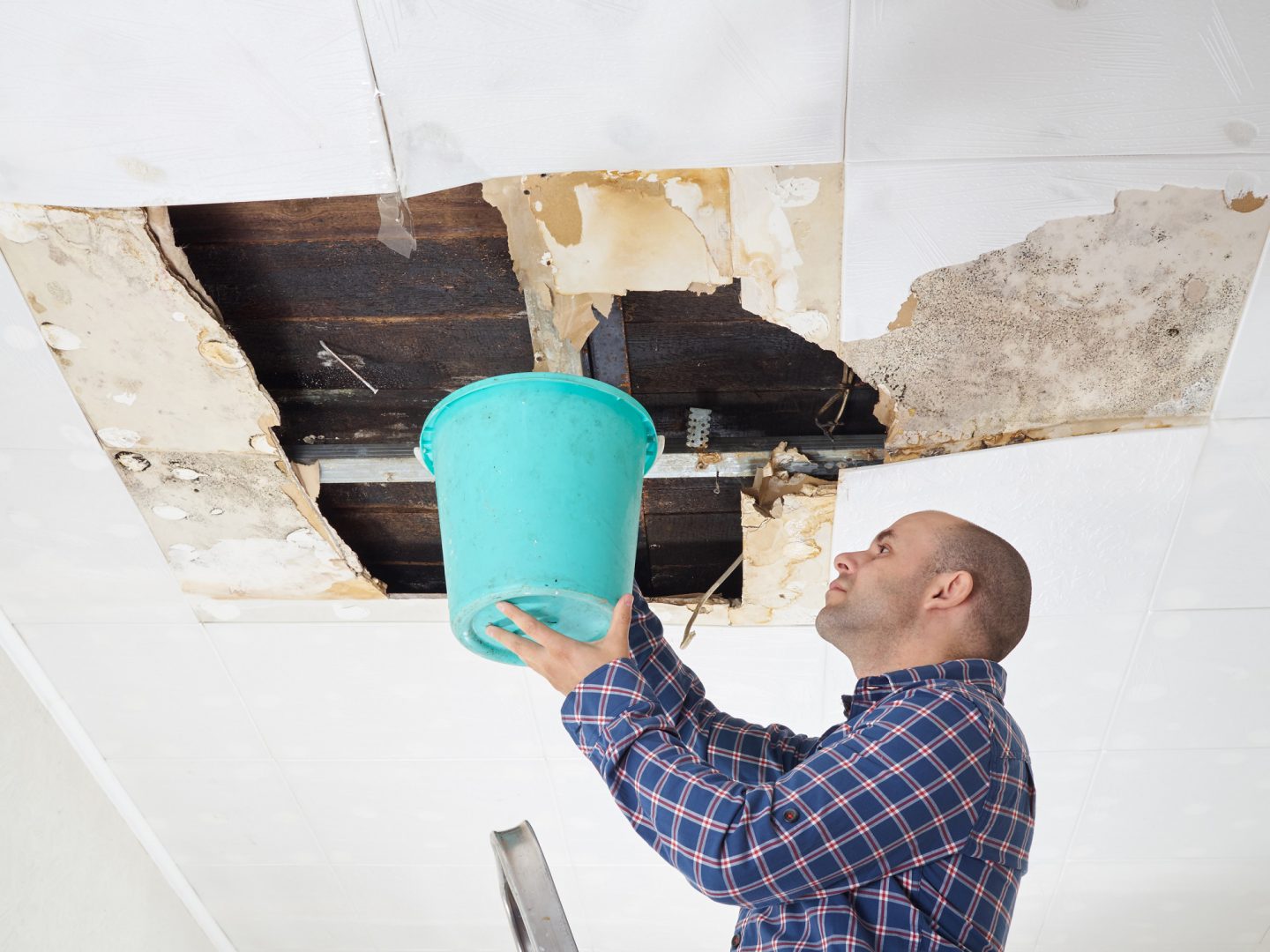
Roof leaks after a storm can cause significant damage to your home if not addressed quickly. Water can seep through cracks and holes, leading to problems like mold growth, weakened structures, and damaged belongings. Understanding how to identify and repair these leaks is crucial for maintaining the integrity of your home.
First, recognizing the signs of a roof leak is essential. These signs can appear both inside and outside your home, and knowing what to look for can help you catch leaks early. Once a leak is detected, taking immediate steps to minimize the damage is important. This includes simple fixes that can prevent further water intrusion and protect your property from extensive harm.
While some temporary solutions can be applied as a quick fix, understanding when to call in professionals is equally important. Roof repairs can be complex and dangerous, and professional help ensures that your roof is properly repaired and able to withstand future storms. Taking these steps can save you time, money, and stress in the long run, keeping your home safe and dry.
Identifying Roof Leaks: Signs to Look For
Finding roof leaks quickly can save you from major repairs later. It’s important to look for both obvious and subtle signs. Inside your home, check for water stains on the ceiling or walls. These can appear as yellowish-brown rings or streaks and are a clear indication that water is getting through your roof. You might also notice peeling paint or wallpaper, which can be another sign of moisture problems.
In the attic, look for damp or moldy insulation. Mold can appear in various colors like black, green, or white and often gives off a musty odor. While in the attic, check for any beams or plywood that feel soft or have water marks. Outside, you should inspect the roof itself. Look for missing, cracked, or curled shingles. Pay special attention to areas around chimneys, vents, and skylights, as these are common spots for leaks to develop.
Immediate Steps to Minimize Damage
Once you identify a leak, it’s crucial to act fast to minimize damage. Start by placing a bucket or container underneath the leak to catch dripping water. This can help prevent water from spreading and causing more damage. Use towels or a mop to dry any standing water to reduce the risk of mold and water damage to floors and furniture.
If it’s safe, go up to the attic and use a piece of plywood to create a barrier over the damp area. You can also use a tarp to temporarily cover the leaky spot on your roof from the outside. Secure the tarp with nails or heavy weights to keep it in place, especially if more storms are expected.
Move any valuables or furniture out of the way to prevent them from getting wet and ruined. Taking these immediate steps can help you manage the situation until a more permanent solution can be found.
DIY Temporary Fixes for Roof Leaks
If you’ve spotted a leak and need a quick fix before a professional can arrive, there are several DIY methods you can try. First, head to your local hardware store to get some roof patching materials. Roof patching tape or sealant can be very effective for small leaks. Apply the tape over the crack or hole on your roof, pressing it firmly to ensure it sticks. Roof sealant can be sprayed or brushed onto the damaged area to create a temporary waterproof barrier.
Tarps are another useful tool for preventing further water damage. Secure a tarp over the leaky section of your roof using nails or heavy-duty tape. Make sure the tarp extends well beyond the leaky area to ensure it covers completely.
Silicone caulk is also effective for sealing small cracks and gaps around vents, chimneys, and skylights. Simply apply the caulk along the edges where water is getting through. These fixes are temporary and meant to hold the fort until a professional can come and make permanent repairs.
When to Call Professional Roof Repair Services
While some small leaks can be managed with DIY fixes, there are times when it’s best to call in professionals. If the leak is large or if you spot multiple leaks, it’s important to get professional help right away. Roofs are complex structures and repairing them incorrectly can lead to more damage and higher repair costs in the future.
If you notice significant structural damage, such as sagging roof decking or large areas of missing shingles, these are signs that you need expert intervention. Additionally, if you see mold or mildew, it’s important to act quickly as these can pose health risks and spread rapidly.
Working on a roof can also be dangerous due to the risk of falls. Professional roofers have the right equipment and training to safely address roof issues. They can conduct a thorough inspection to identify all problem areas and provide a long-term solution that ensures your roof is in top condition.
Conclusion
Fixing roof leaks after a storm is a critical task to protect your home from further damage. Identifying the signs of a leak early can save you a lot of trouble and money down the line. Immediate actions like placing a bucket to catch water, using a tarp, and applying temporary fixes can help contain the issue until professional help arrives.
While DIY repairs might seem convenient, knowing when to call in experts is essential for safety and effectiveness. Professional roofers can handle complex repairs and ensure your roof can withstand future storms.
If you’re dealing with roof leaks and need expert help, contact us at Restoration Masters. We offer full-service roof repair and damage restoration services to keep your home safe and dry. Call us today to get started on your roof repair project.





